May 26, 2025 | 23:51 GMT +7
May 26, 2025 | 23:51 GMT +7
Hotline: 0913.378.918
May 26, 2025 | 23:51 GMT +7
Hotline: 0913.378.918
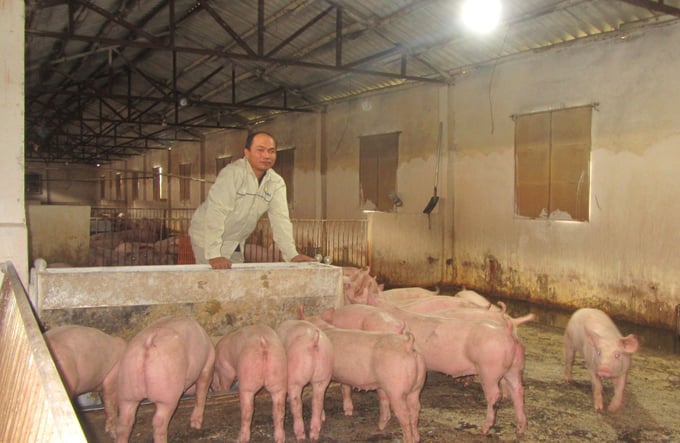
Pig farming in Hung Yen is burdened with losses ranging from VND 800,000 to VND 1.5 million/head. Photo: Hai Tien.
Despite the urbanization of a huge portion of the agricultural land area, Van Giang district remains an important livestock-producing area in Hung Yen province. Pig farming contributes a significant portion of revenue to provincial agriculture, accounting for approximately 70% of total revenue.
Pig farming in Van Giang was not only a source of income but also a source of wealth for the locals due to its prime location near Hanoi and its long farming tradition. However, as is customary, the current farming situation in Van Giang has been plagued by numerous difficulties.
Tan Tien, Long Hung, Me So, Cuu Cao, and Lien Nghia, among other previously affluent farming communes, have fallen into loss and debt.
Nguyen Thi Phuong Anh, deputy head of the Agricultural and Rural Development Agency in Van Giang district, revealed that no matter how hard the farmers worked, diseases and market price increases ruined everything.
In comparison to before the African swine fever outbreak in 2019, Van Giang had to plan the slaughter of more than 1 million kg of pigs; yet, the size and total herd of pigs in Van Giang had fallen by only around one-third.
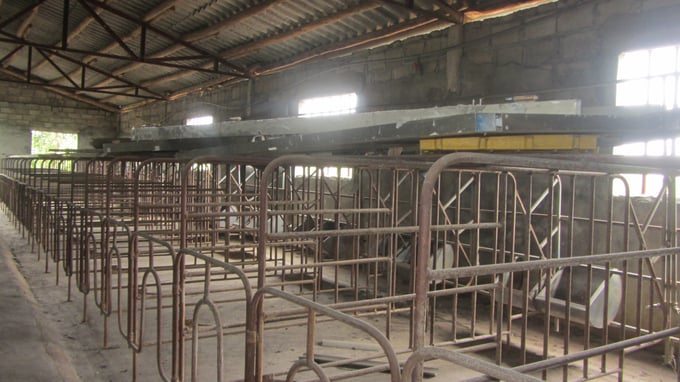
Many livestock households in Van Giang had to leave their cages blank. Photo: Hai Tien.
Over 200 farming households, with approximately 38,000 pigs, a large number of people have swiftly transitioned into other fields such as flowers and ornamented growing... the remaining small proportion transforms to a farm model or remains the small-scale farming household, producing sow and porker.
Regardless of the pig farming model used, farmers are losing a lot of money right now, with sow farming losing roughly 800,000 VND per head and porker farming losing 1.3 to 1.5 million VND per head. There is no way to promote pig farming while evaluating animal feed prices "Phuong Anh stated.
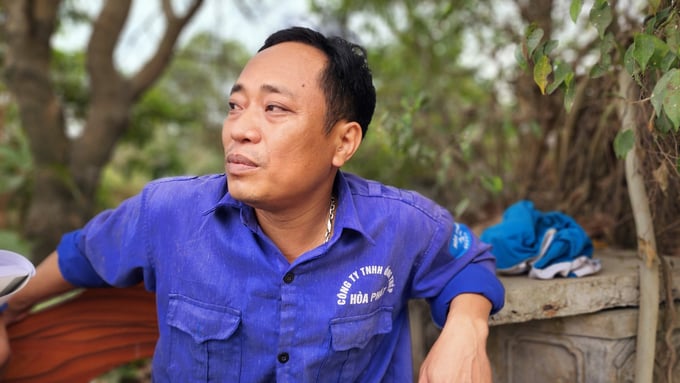
Farm owner Bui Van Khanh in Cuu Cao is fed up with the situation of pig production. Photo: Vo Viet.
Chien Thang Livestock Farming Cooperative has 8 members and produced around 15-16 thousand heads of pig every year. Nevertheless, as animal feed prices increased two years ago, members of the cooperative began to reduce their agricultural scale, and there are now just five members left, with 300 sows.
Agricultural households are losing money, and large-scale farms in Van Giang are not immune to the double whammy of high feed prices and low pig prices. Feed prices account for over 80% of the selling price, causing pig producers to struggle.
People in Hung Yen province's primary breeding grounds, from Van Giang to Tien Lu, Khoai Chau, and Phu Cu, are sick of having to face the loss for years. Feed price increases have a significant impact on not just pig farming, but also other livestock, poultry, and aquatic goods.
Ms. Nguyen Thi Bich Van, Chief of Livestock Production, Department of Agriculture and Rural Development of Hung Yen province, stated that this was most likely the case throughout the country since raw materials for animal feed production are imported at high rates and subject to heavy taxes. Businesses and large farms that manage production in a closed chain have some initiative, while household farmers have been devastated by too much loss.
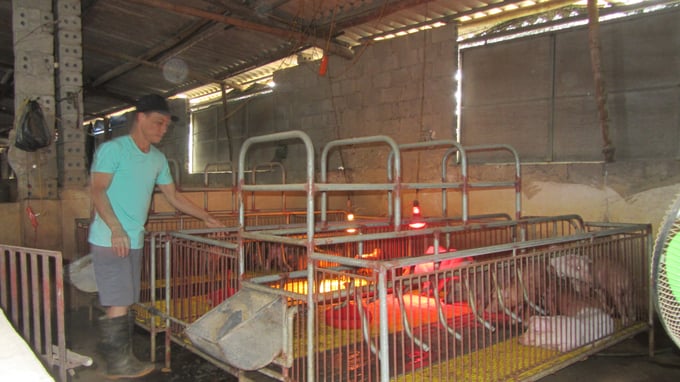
Farming households in the last step. Photo: Hai Tien.
The average pig herd in Hung Yen is around 500,000 heads, with agricultural households producing 60-70% of the pigs. Because tens of thousands of homes rely on livestock, this price has an impact on people's life. From a professional standpoint in the community, we sincerely hope that the government can find a way to cut the price of animal feed; otherwise, no one will dare to farm pigs.
According to Hoang Ngoc Hieu, a livestock production and animal health officer in Lien Nghia commune, the production cost of 1 kilogram of live pigs at this time is at least 57,000 VND, but because the selling price is just 49,000 VND per kg, individuals are solely concerned with profit. In comparison to 2017, the price of pork nearly did not increase, while the price of animal feed climbed by more than 50% on average, confirming that this is "the culprit" who causes farmers to lose money."
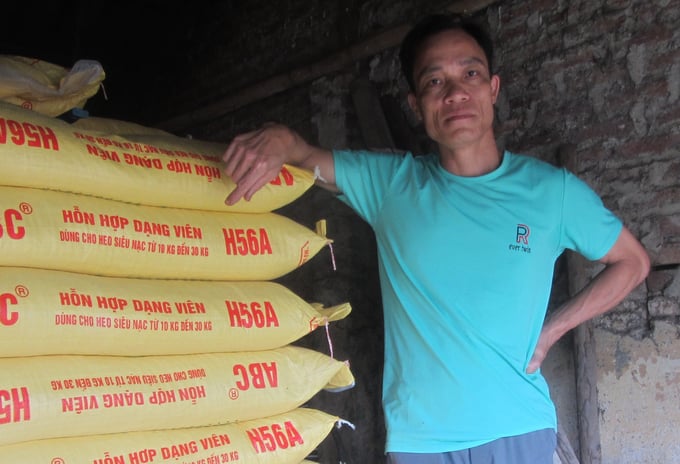
The price of animal feed skyrocketed causing pig farmers to struggle. Photo: Hai Tien.
Lien Nghia commune has 96 homes and pig farms with a total herd of roughly 8,000 heads over 5 years ago. Owing to continuous losses in livestock output, the commune's whole pig herd had fallen to only 8,000 pigs by early March 2023. There are still 3,450 cows in 19 farming households "Mr. Hieu gave a shake of his head.
Traveling to Long Hung commune, another major agricultural commune in Van Giang, Ngo Van Sau, who has produced pigs since 2005, has decided that he owes the bank 500 million VND and has no idea where to locate the source to pay the bill.
Households that grow more pigs must pay workers to help rear animals, and newly constructed farms must borrow 1 billion VND or more.
Tan Tien, Me So, Nghia Tru, like many other communes, appear to have a smoldering debt storm poised to burst in the pig farming hamlet in Van Giang district and many other districts of Hung Yen province.
Translated by Linh Linh
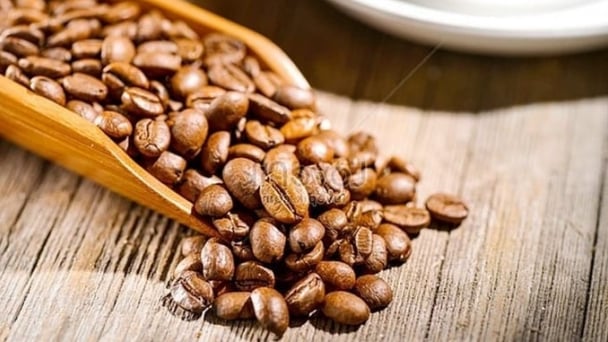
(VAN) Coffee prices on May 26, 2025, remain unchanged. Currently, the domestic coffee market is trading around VND 122,000 to VND 122,500/kg.

(VAN) Rubber prices on May 26, 2025, are declining. Domestically, latex prices remain stable, with purchasing prices ranging from VND 397 to VND 462/TSC.
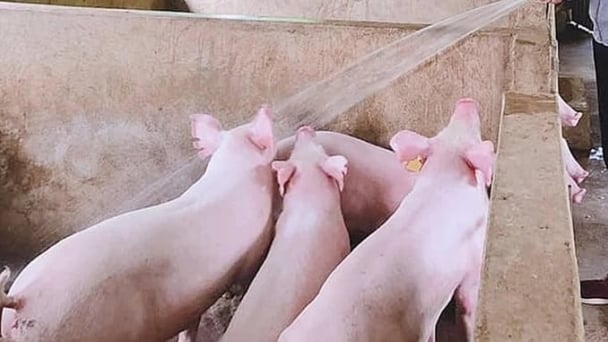
(VAN) Live pig prices on May 26, 2025, are stable. Currently, the market across the 3 regions of Vietnam is trading in the range of VND 67,000 to VND 75,000/kg.
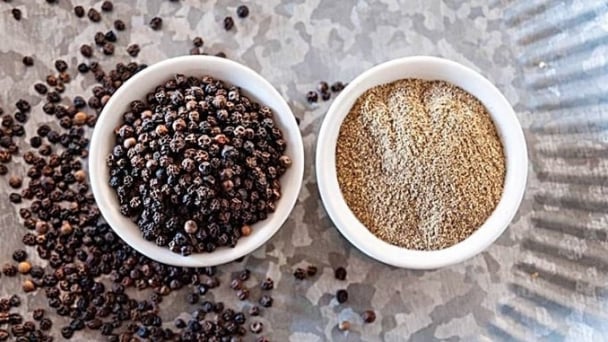
(VAN) Pepper prices on May 26, 2025, remain flat globally. Domestic pepper prices are trading around the range of VND 146,000 to VND 147,000/kg.
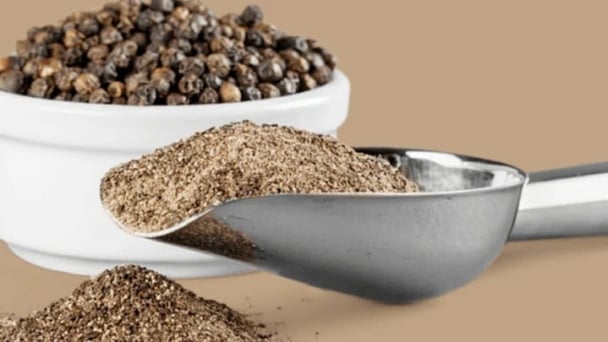
(VAN) Pepper prices on May 23, 2025, are unchanged in the domestic market, trading at VND 150,000 to VND 152,000/kg. Pepper prices increased only in Indonesia.
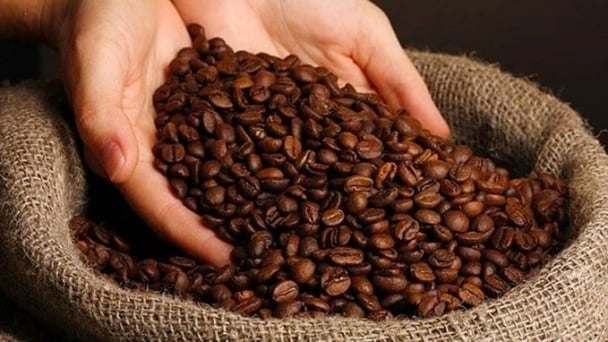
(VAN) Coffee prices on May 23, 2025, dropped by a further VND 2,500, trading at VND 122,500 – 123,200/kg. Global coffee prices also declined across the board.

(VAN) Coffee prices on May 22, 2025, slightly decreased by VND 500, trading at VND 125,000 – 125,700/kg. Global coffee prices showed mixed fluctuations.